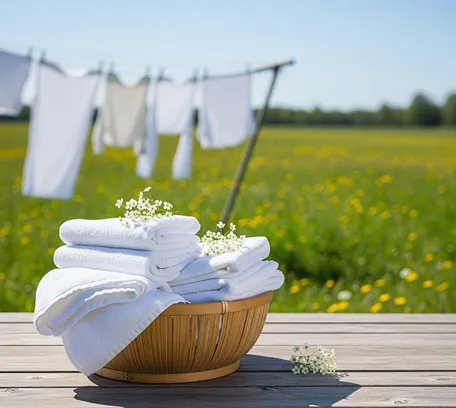
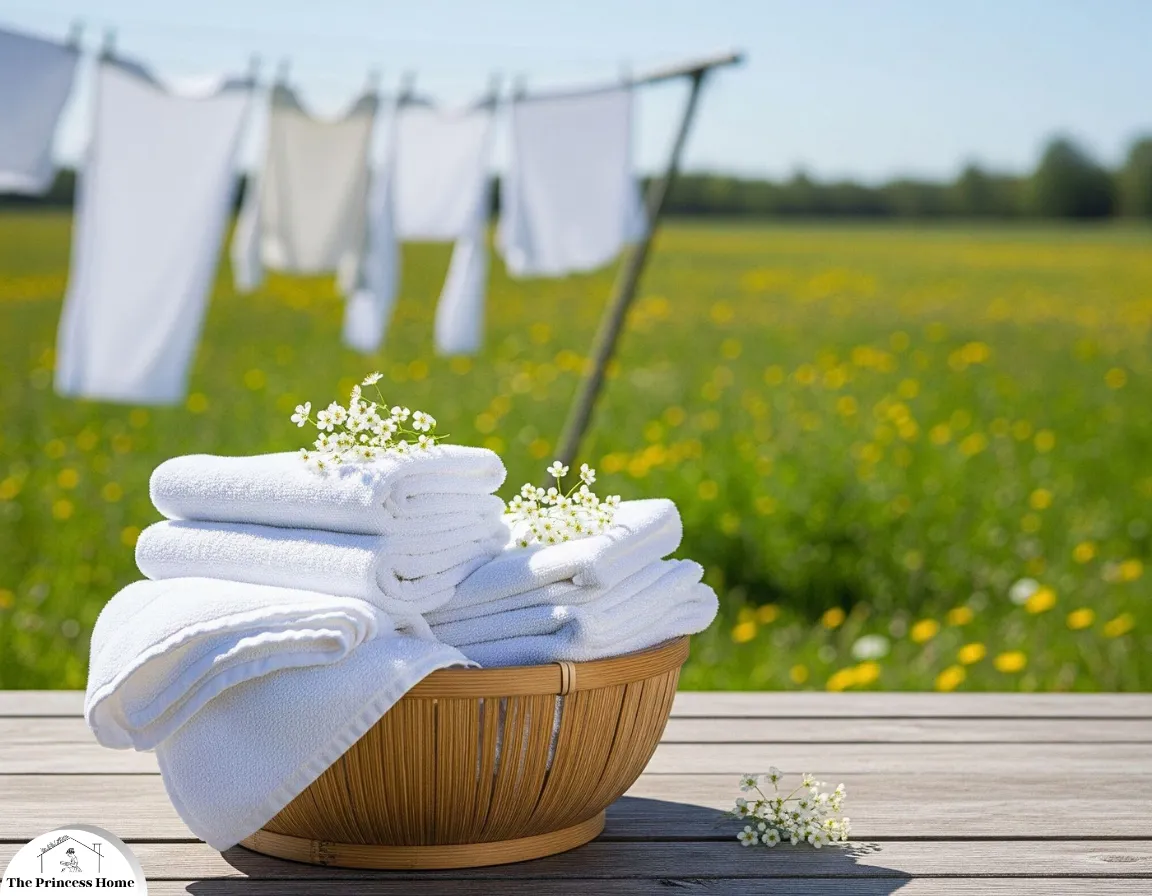
23 Essential Laundry Tips for Smelly Clothes
Laundry is a necessary chore, but few things are as frustrating as pulling clothes from the washer only to find they still smell musty or sour. Odors can cling to fabrics due to sweat, mildew, body oils, or even detergent buildup. If you’re tired of smelly clothes, it’s time to rethink your laundry routine. Below are 23 essential laundry tips to help you eliminate bad smells and keep your garments fresh and clean.
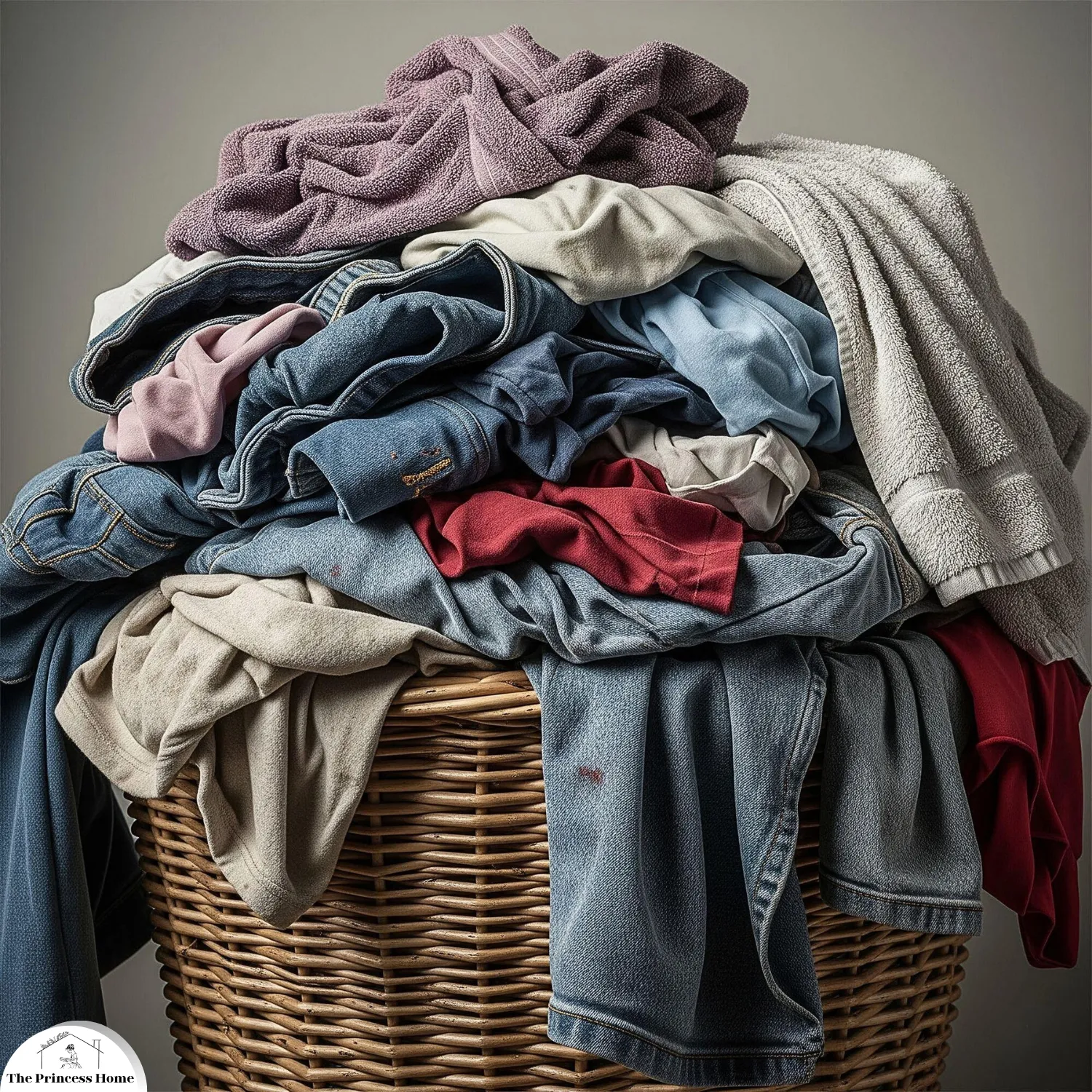
1. Don’t Let Dirty Laundry Sit Too Long
Leaving sweaty or damp clothes in the hamper for days gives bacteria time to grow and cause stubborn odors. Wash them as soon as possible, especially gym clothes, socks, and underwear. Prompt laundry care prevents musty smells and extends the life of your clothing. For best results, use a detergent designed to eliminate odor-causing bacteria from sweaty laundry.
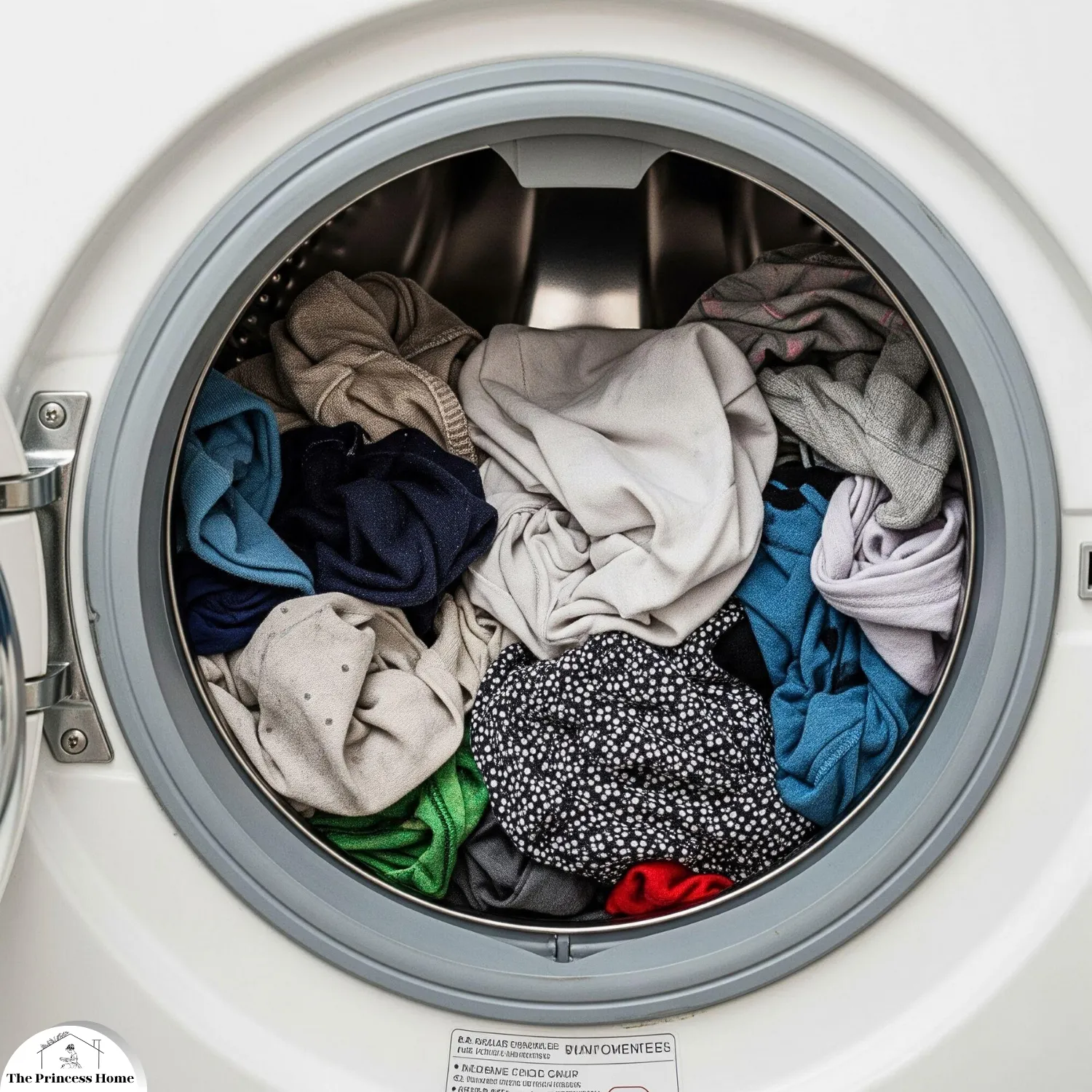
2. Wash Clothes Inside Out
Odors tend to accumulate on the inside of garments where sweat and body oils linger. Turning them inside out ensures a deeper clean. This method helps your detergent reach odor-prone areas more effectively.
It’s especially useful for activewear and other moisture-wicking fabrics that trap sweat.
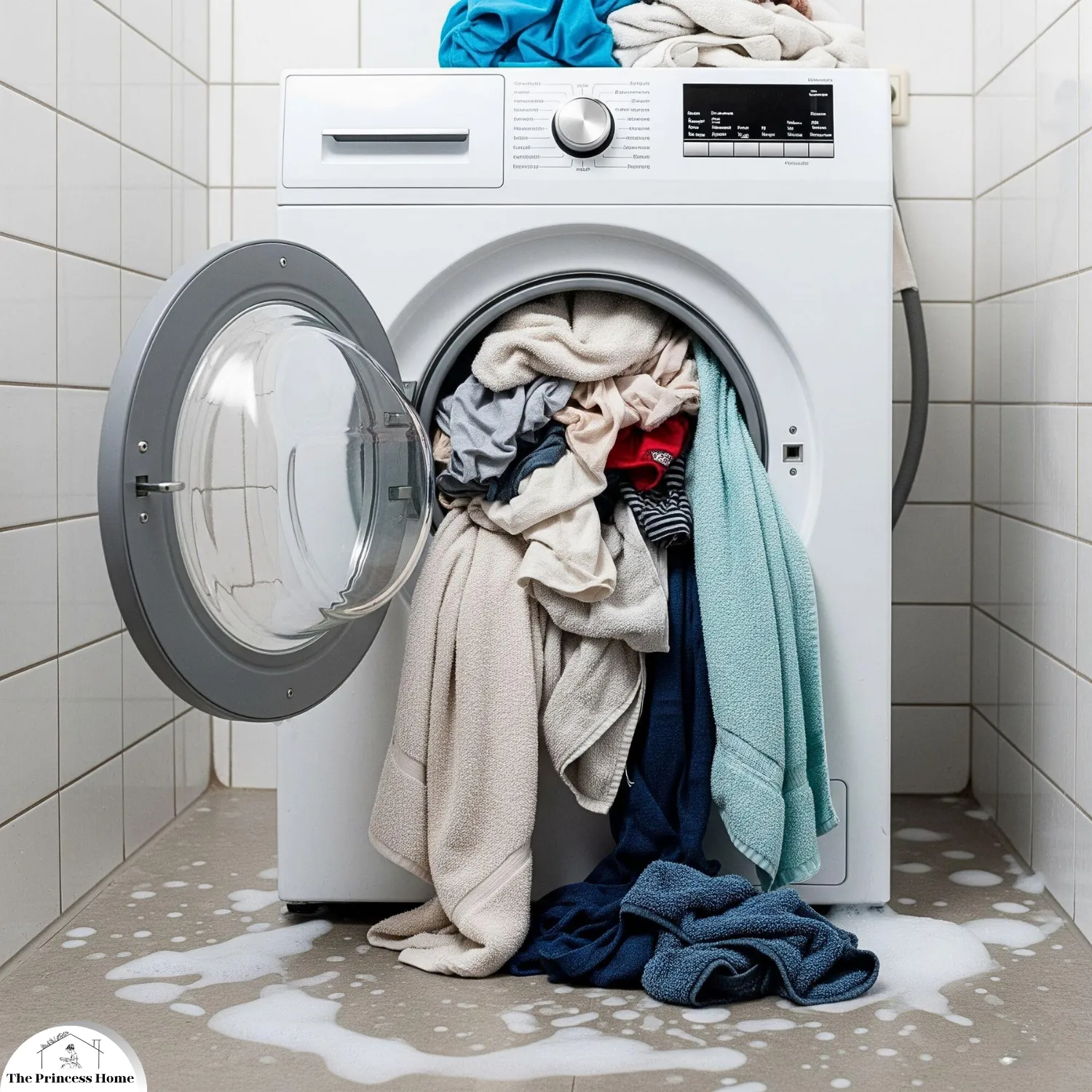
3. Don’t Overload the Washer
Cramming the washing machine reduces water circulation, preventing detergent from rinsing out completely and leaving behind odor-causing residue. Give clothes space to move. Overloading can also trap moisture, leading to mildew and lingering smells. For fresher laundry, wash sweaty clothes in smaller loads with proper water flow.
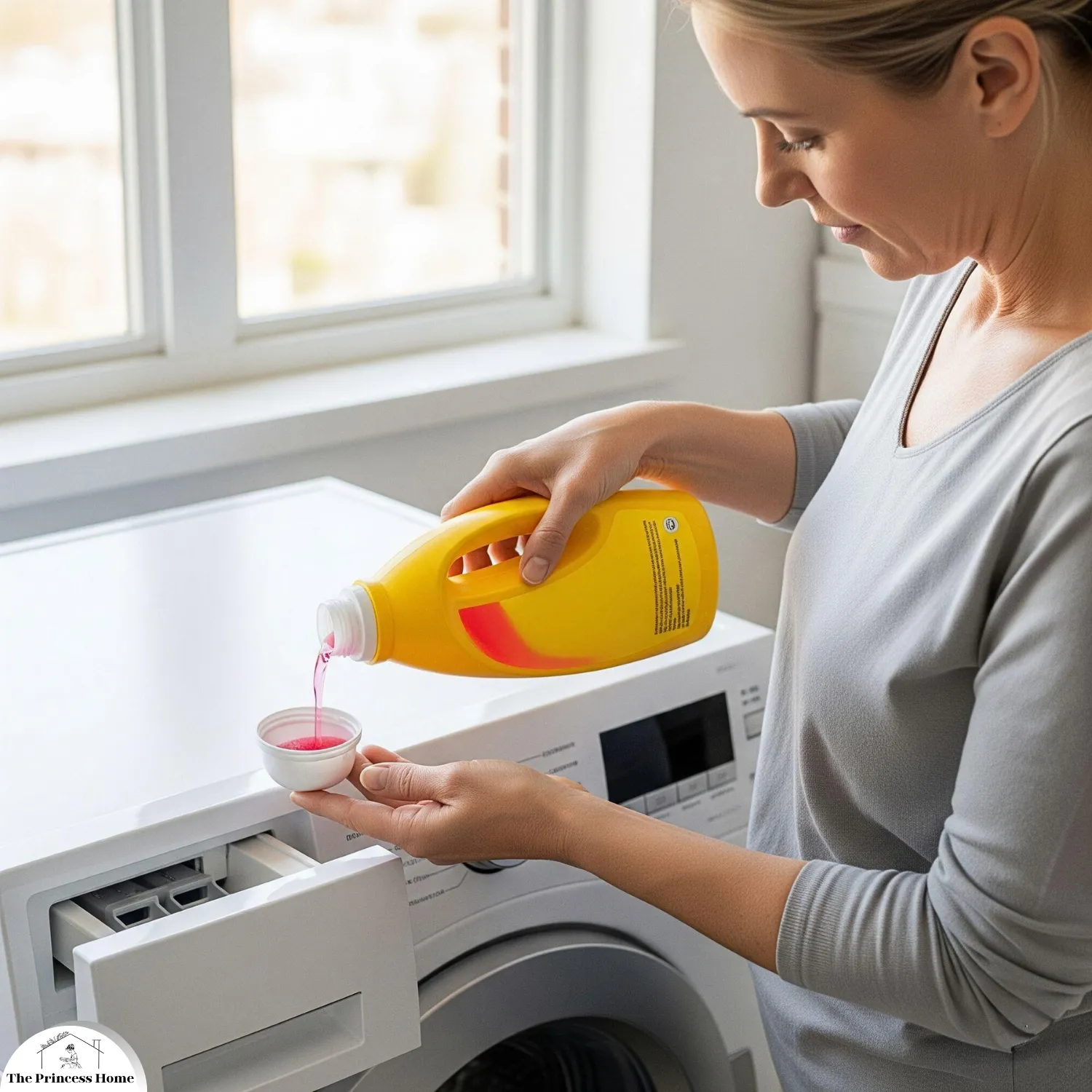
4. Use the Right Amount of Detergent
Too much detergent can backfire—excess soap can trap dirt and bacteria inside fibers. Always follow the label instructions and adjust based on load size. Using the right amount helps rinse clothes thoroughly and prevents residue buildup. For odor-free laundry, choose high-efficiency detergent and avoid over-sudsing.
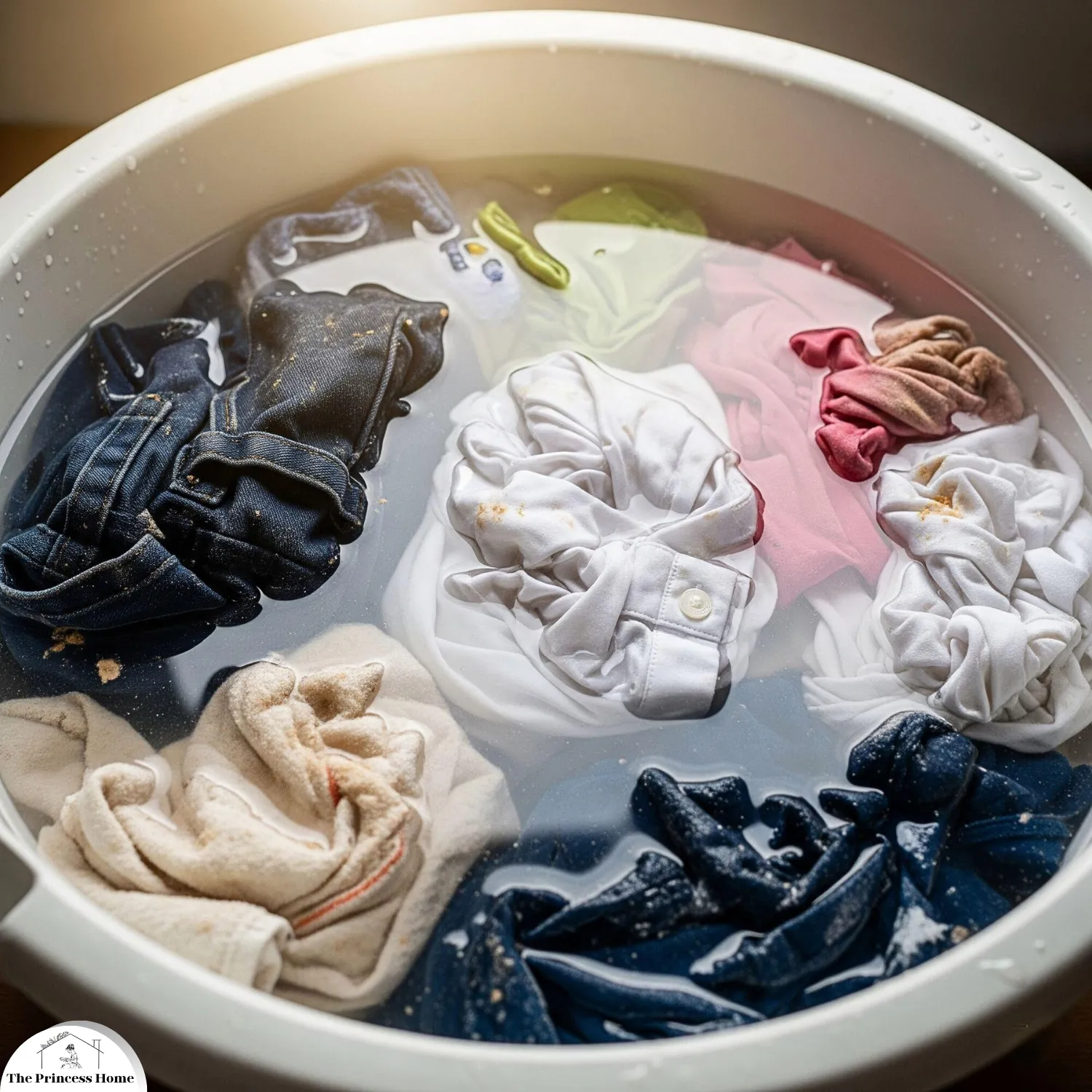
5. Pre-Soak Smelly Items
Soak heavily soiled clothes in a mix of warm water and one cup of baking soda or vinegar for 30 minutes to an hour before washing. This pre-treatment helps break down odor-causing bacteria and loosen stubborn grime. It’s an effective natural solution for eliminating sweat smells from gym clothes and socks.
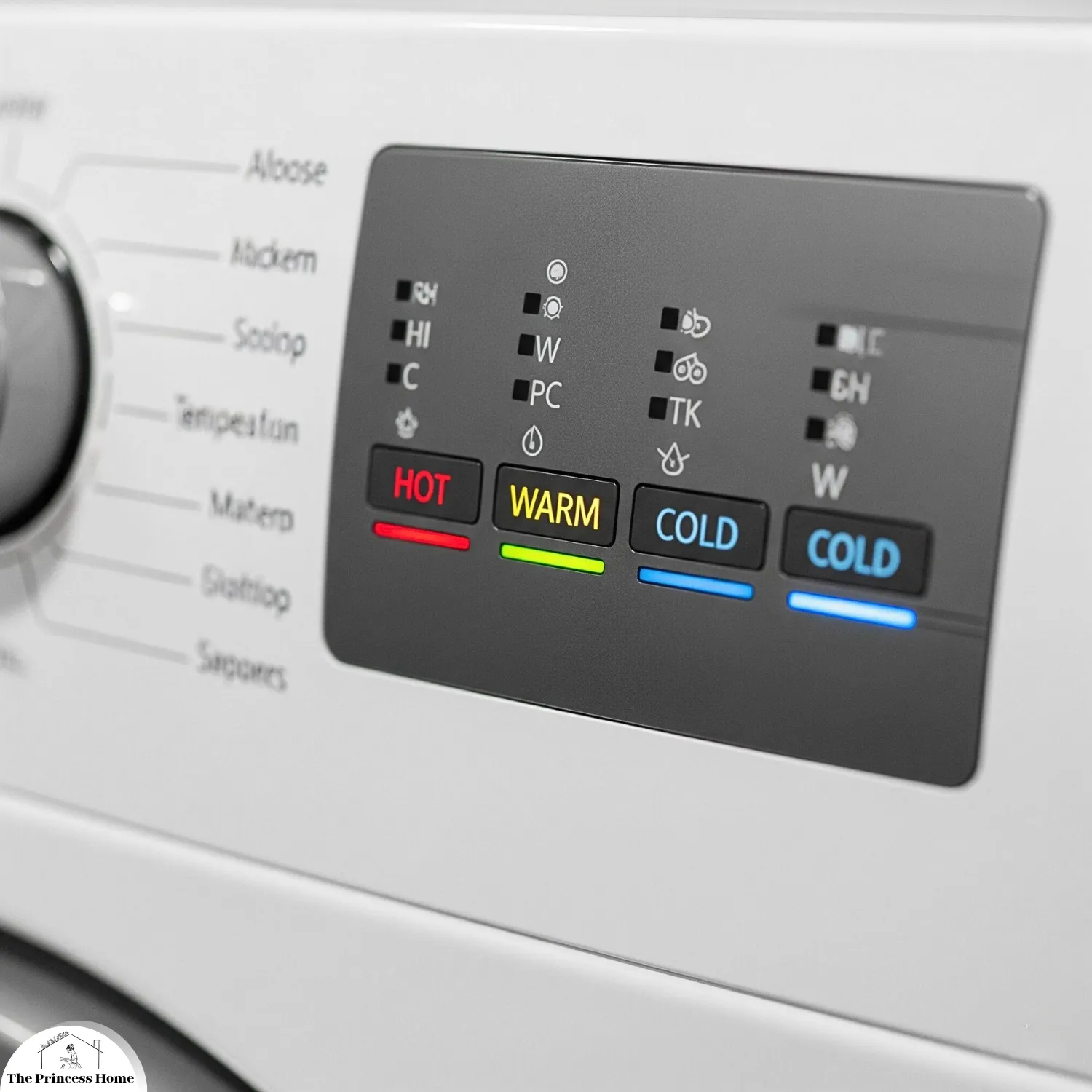
6. Choose the Right Water Temperature
Hot water can kill bacteria, but not all fabrics tolerate high heat. Use hot water for towels and socks, and warm or cold for delicates. Always check garment care labels to avoid shrinking or damaging sensitive fabrics. Using the correct water temperature improves cleaning power and preserves fabric quality.
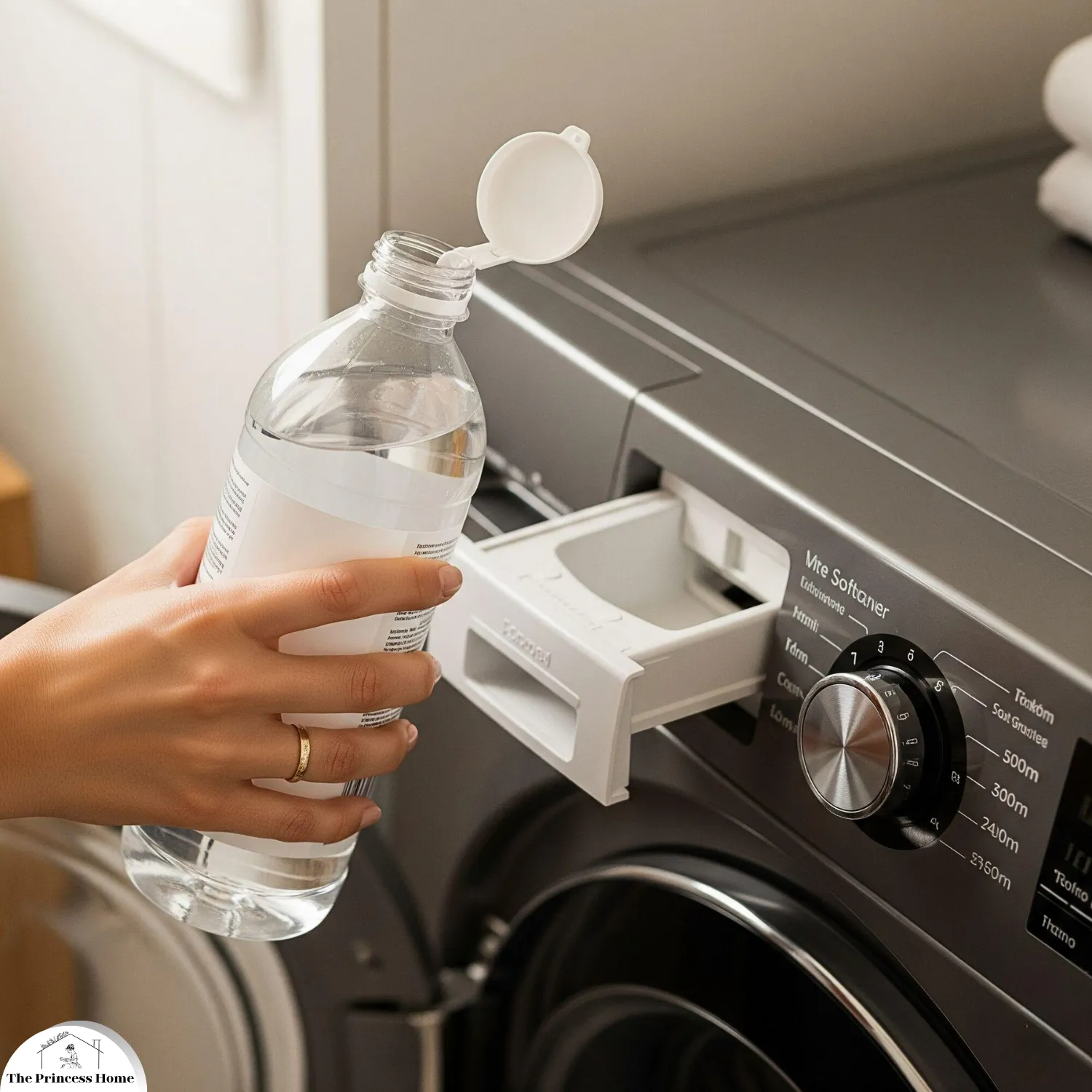
7. Use White Vinegar in the Rinse Cycle
Add half a cup of distilled white vinegar to the fabric softener compartment. It neutralizes odors and softens clothes naturally. Vinegar also helps break down detergent residue and brightens fabrics over time.
This eco-friendly laundry booster is especially effective for smelly gym clothes and towels.
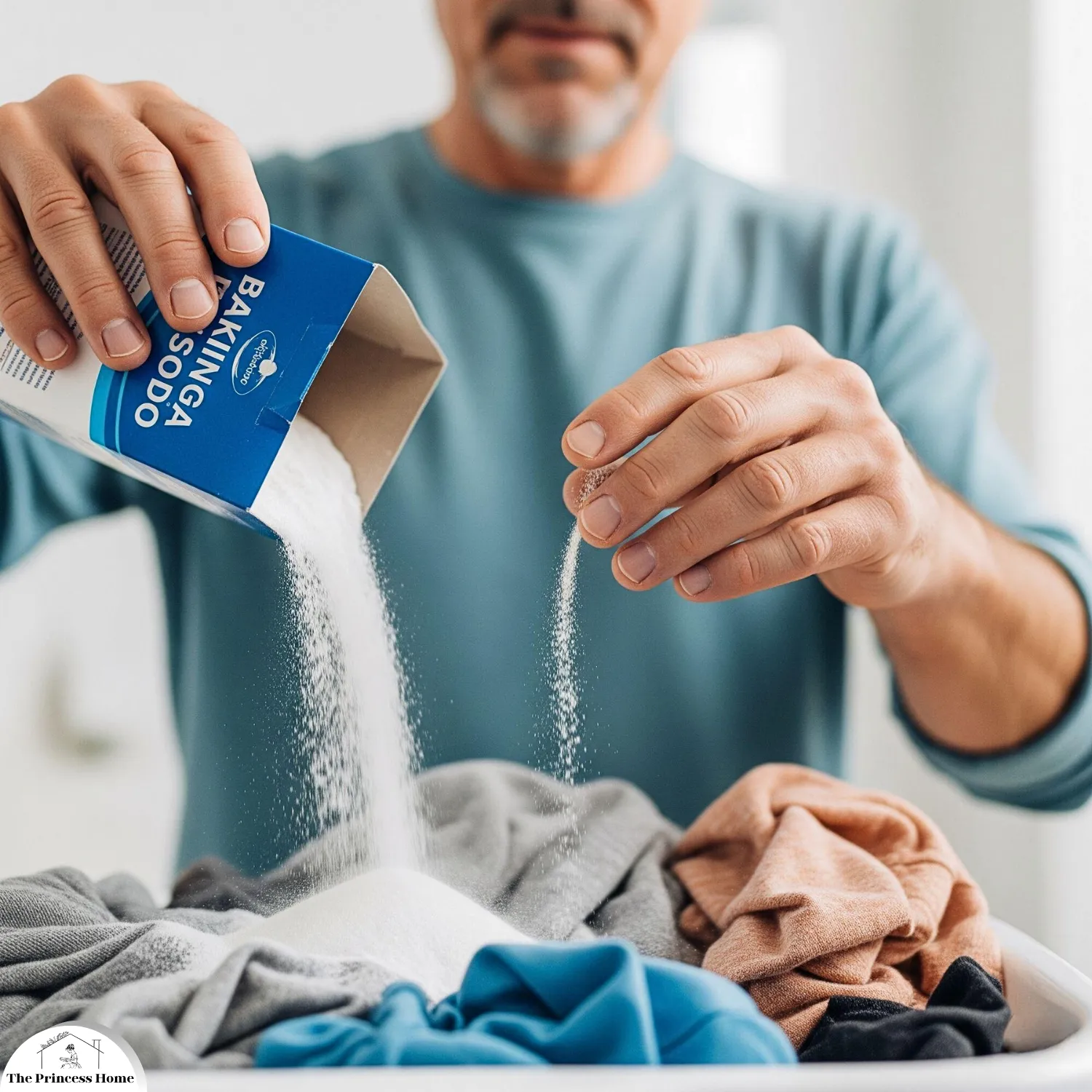
8. Try Baking Soda Boosters
Baking soda deodorizes naturally. Add ½ cup to your regular detergent to combat tough smells in clothing and towels. It balances pH levels in the wash, helping to neutralize acidic odors and freshen fabrics.
For persistent odors, pre-soak garments in a baking soda solution before washing.
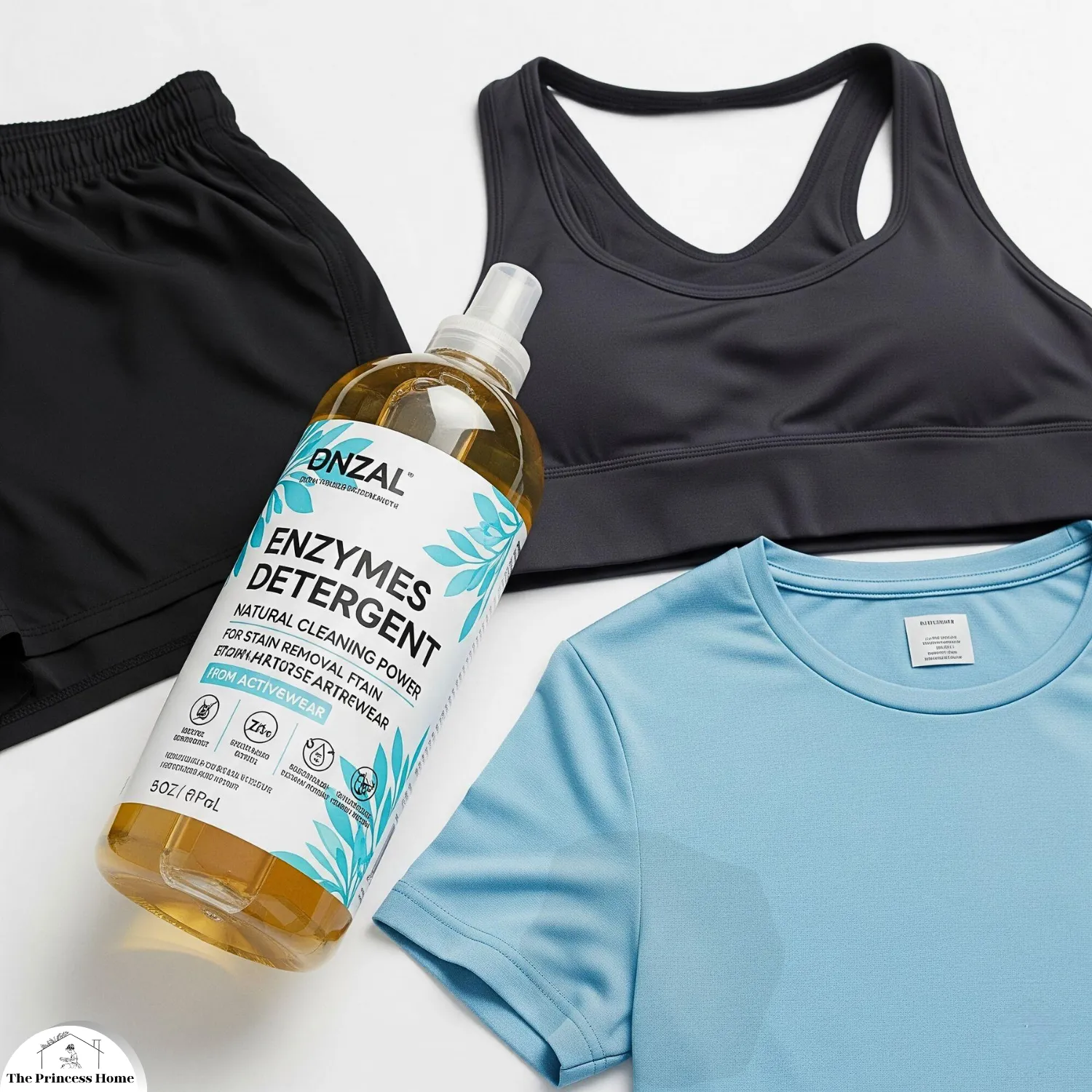
9. Use an Enzyme-Based Detergent
These detergents break down proteins found in sweat and body oils, making them ideal for smelly athletic wear and underwear. Look for enzyme-based or sport-specific detergents for maximum odor-fighting power. They penetrate deep into fabric fibers to remove buildup and keep clothes smelling fresh.
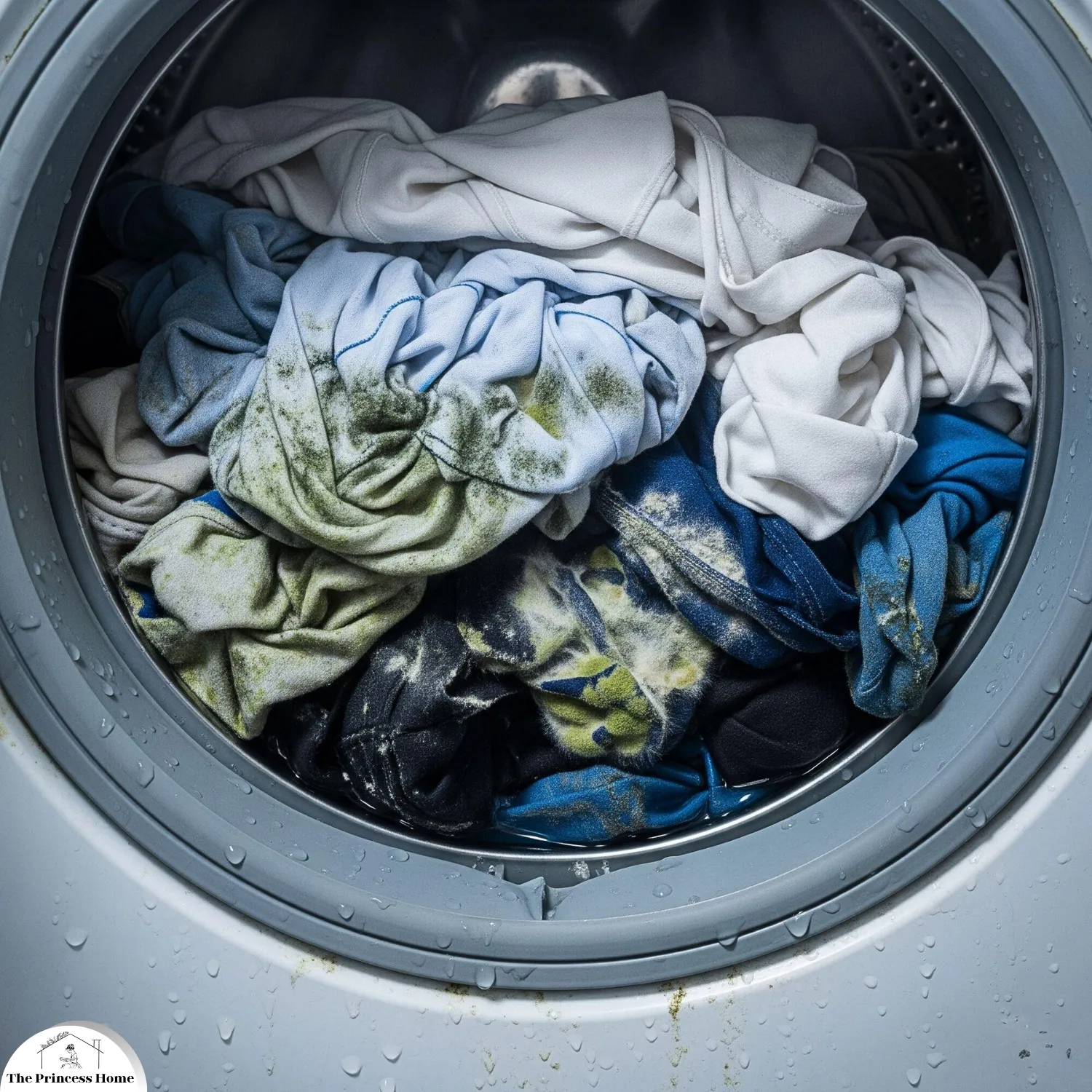
10. Don’t Let Clothes Sit in the Washer
Leaving wet clothes in the machine—even for a few hours—encourages mold and mildew. Move them to the dryer or hang them up promptly. Lingering moisture creates the perfect environment for odor-causing bacteria. Timely drying is key to keeping laundry fresh and preventing musty smells.
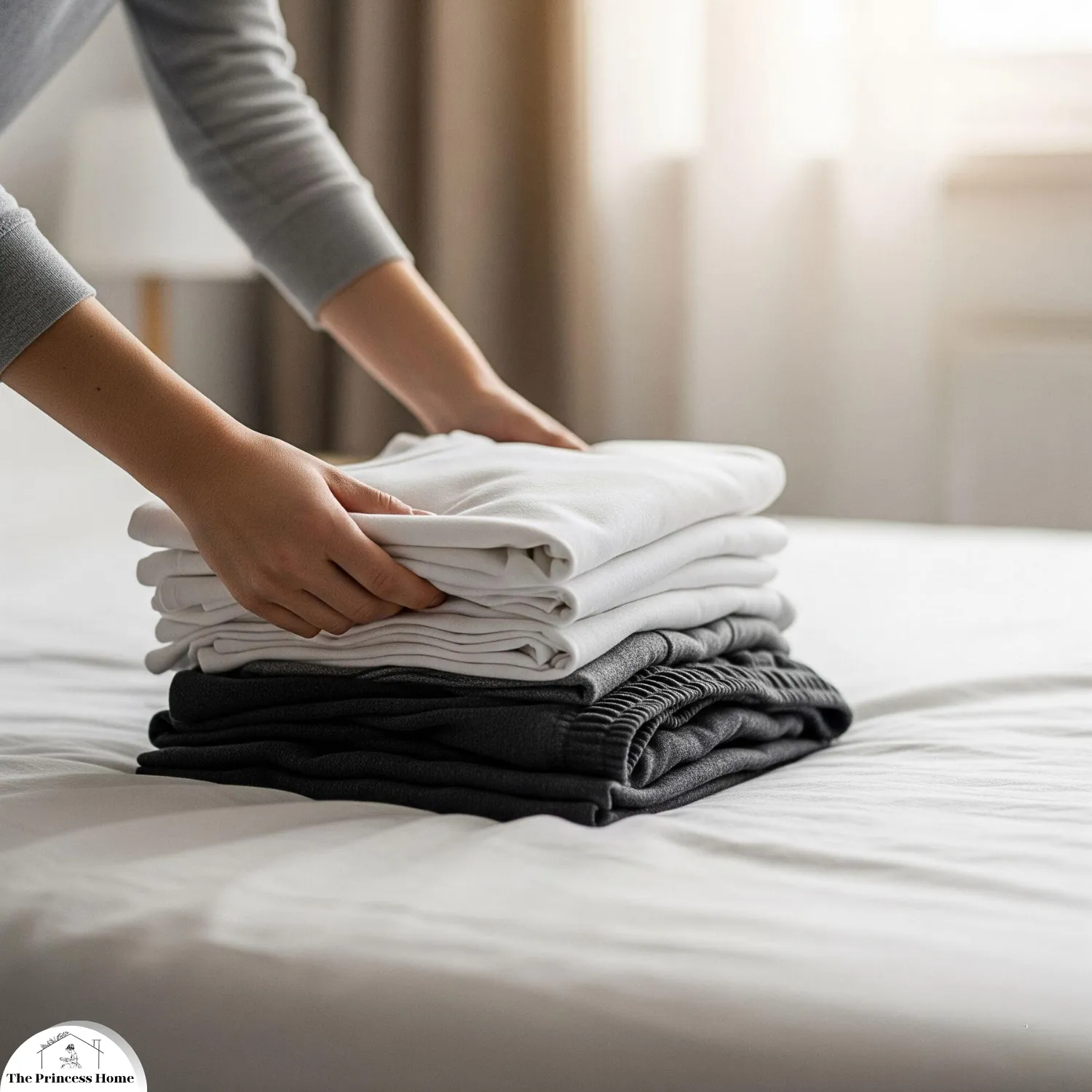
11. Dry Clothes Completely
Damp clothes quickly develop a sour smell. Whether using a dryer or line drying, ensure everything is completely dry before folding or storing. Trapped moisture can lead to mildew growth and persistent odors in stored laundry. Proper drying not only keeps clothes smelling clean but also extends their lifespan.

12. Clean Your Washing Machine Regularly
Residue, mildew, and lint can build up inside your washer. Run a hot cycle with two cups of vinegar once a month to clean and deodorize the drum. This helps prevent odors from transferring to your laundry during the wash. For extra freshness, wipe down the rubber gasket and detergent drawer regularly.
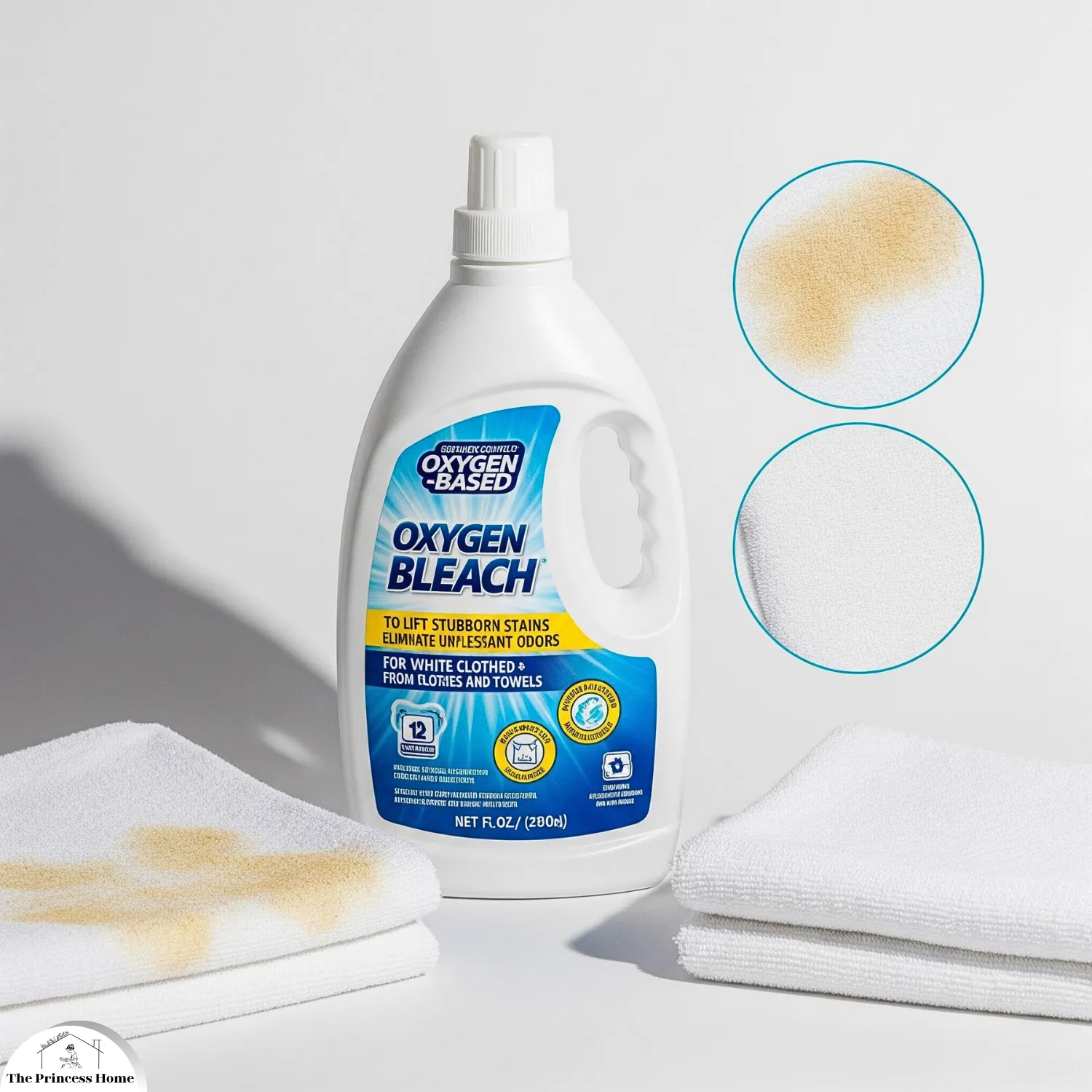
13. Try Oxygen-Based Bleach
For white clothes and towels, use an oxygen-based bleach (not chlorine) to lift stains and eliminate odors safely. It’s gentler on fabrics while effectively breaking down organic buildup. Add it to your wash cycle to brighten whites and refresh musty-smelling laundry.
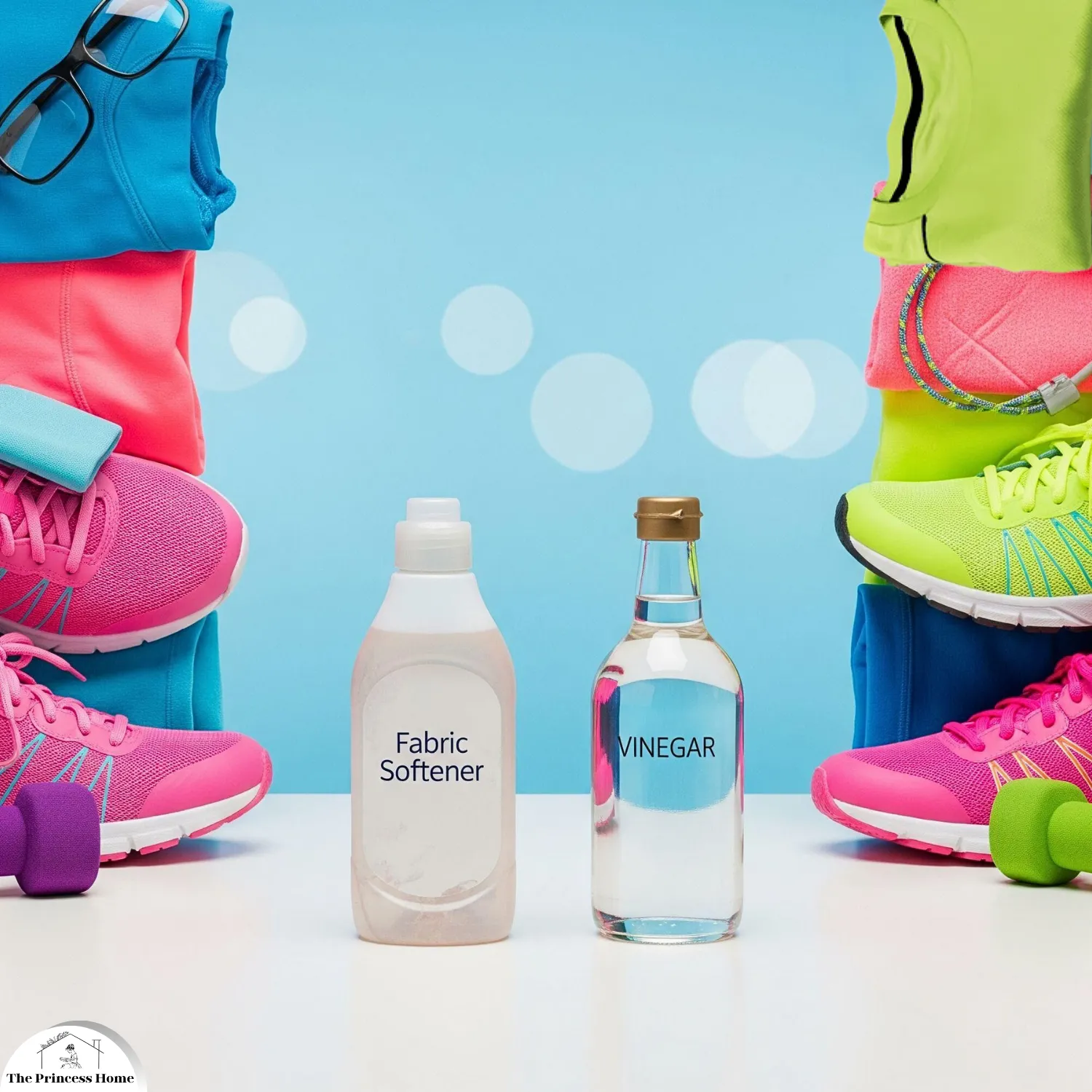
14. Avoid Fabric Softeners for Athletic Gear
Fabric softeners can coat technical fabrics, trapping odors and reducing their moisture-wicking ability. Use vinegar or skip softener for activewear. This helps maintain the breathability and performance of your workout gear. Opting for natural alternatives ensures a fresher, longer-lasting clean.

15. Add Essential Oils for Freshness
A few drops of tea tree, lavender, or eucalyptus oil in the rinse cycle can give clothes a natural, lasting scent.
These essential oils also offer antibacterial properties to help combat lingering odors. Add them to a wool dryer ball or the rinse compartment for a fresh, non-toxic finish.
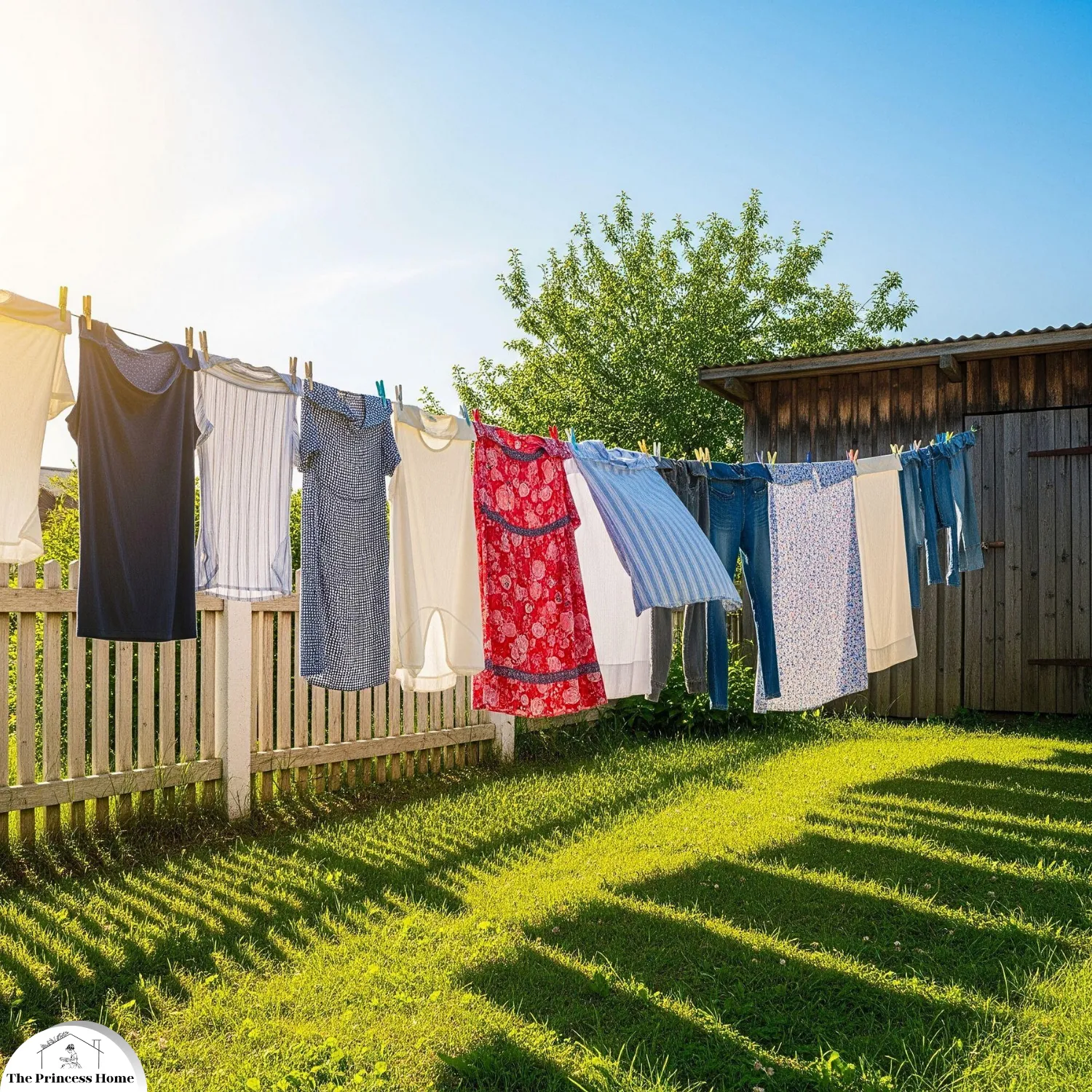
16. Sun-Dry for Extra Deodorizing
The sun’s UV rays are natural disinfectants. Drying laundry outdoors can help eliminate lingering odors, especially in items like towels and bedding. Sunlight not only freshens fabrics but also helps whiten and brighten naturally. Air-drying outside is an eco-friendly way to boost cleanliness and save energy.
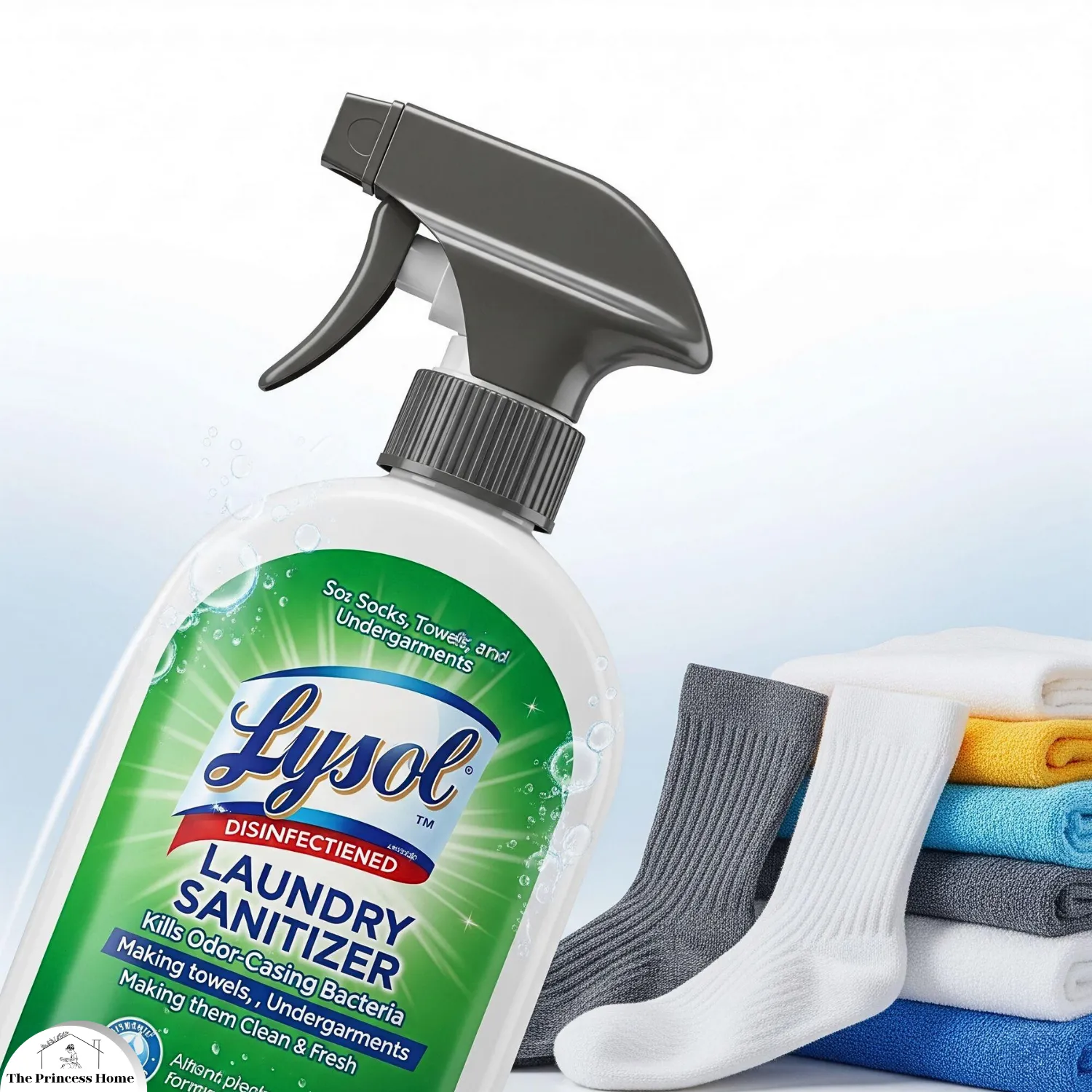
17. Use Laundry Sanitizers
For germ-prone items like socks, towels, and undergarments, a laundry sanitizer (like Lysol) can kill odor-causing bacteria. Add it during the rinse cycle to effectively disinfect without damaging fabrics. This extra step helps ensure hygienic, odor-free laundry—especially after illness or heavy workouts.
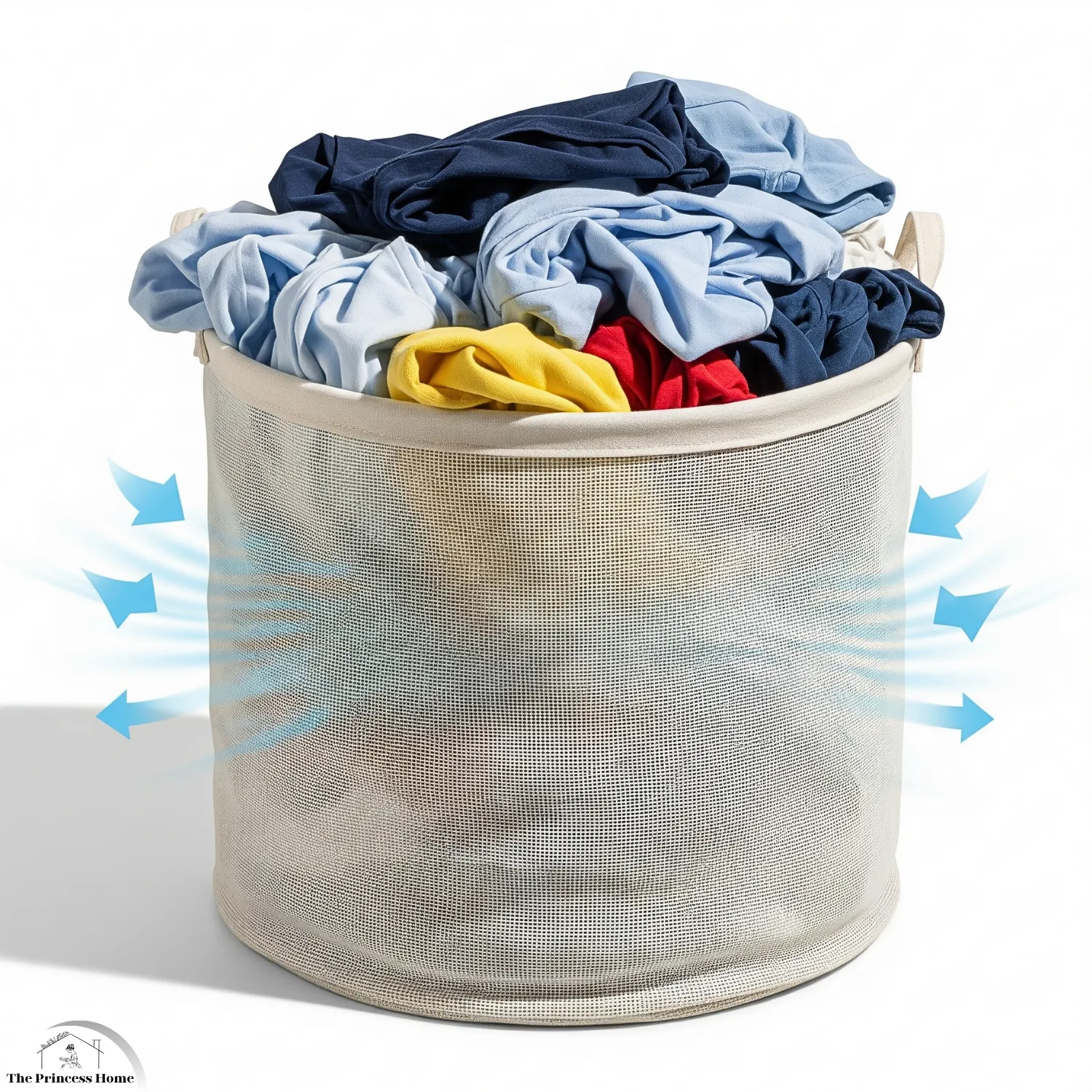
18. Store Dirty Clothes in a Breathable Hamper
Avoid plastic bags or sealed containers. Use a mesh or cloth hamper that allows air circulation to prevent mildew buildup. Proper airflow helps damp clothes dry out slightly before washing, reducing odor risk. Ventilated hampers are essential for managing sweaty laundry like gym wear and towels.
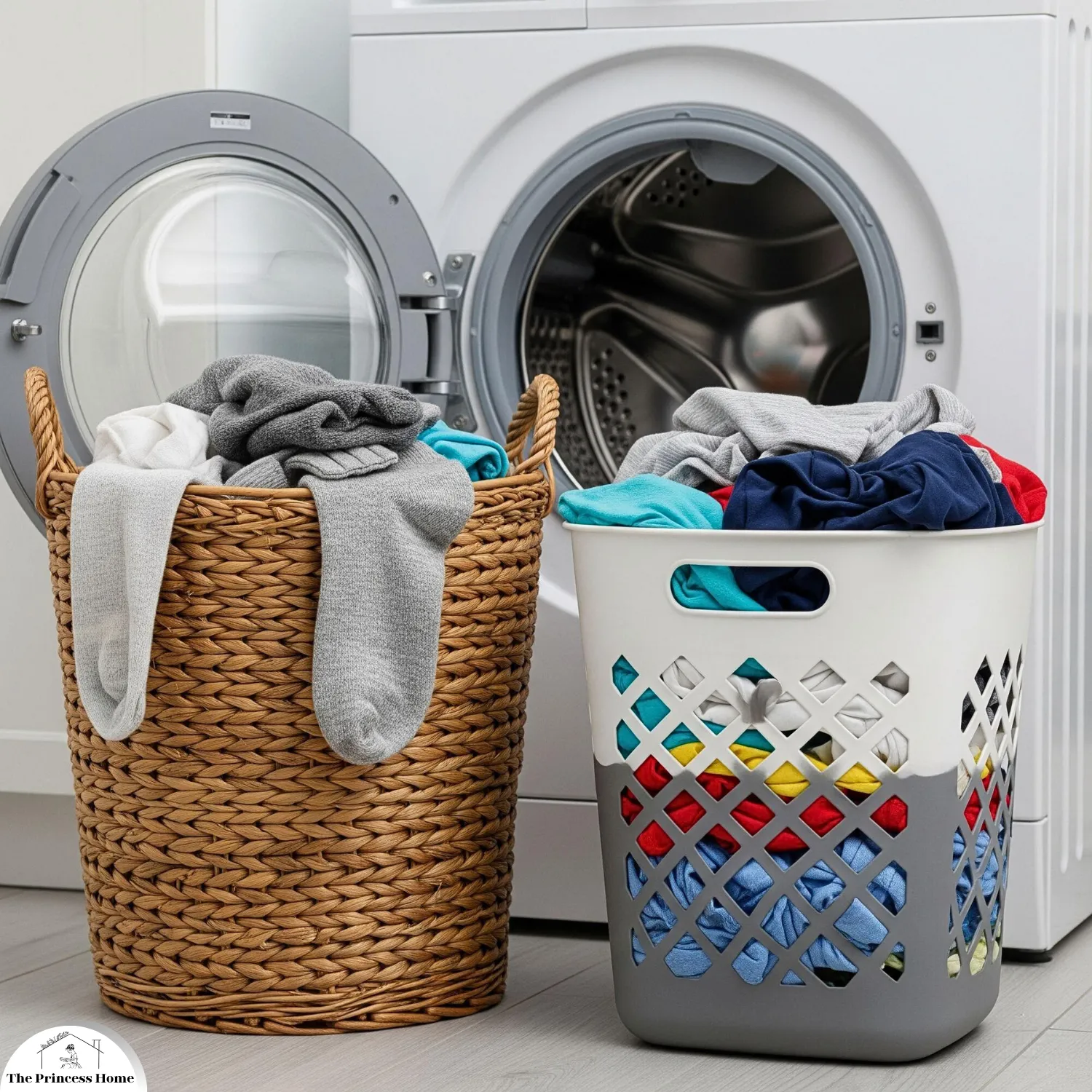
19. Sort Clothes by Smell
Group extremely smelly items together and wash separately from lightly worn clothes to avoid spreading odors. This prevents cross-contamination and ensures a more effective, targeted clean. Use odor-fighting detergent and warm water for heavily soiled loads for best results.
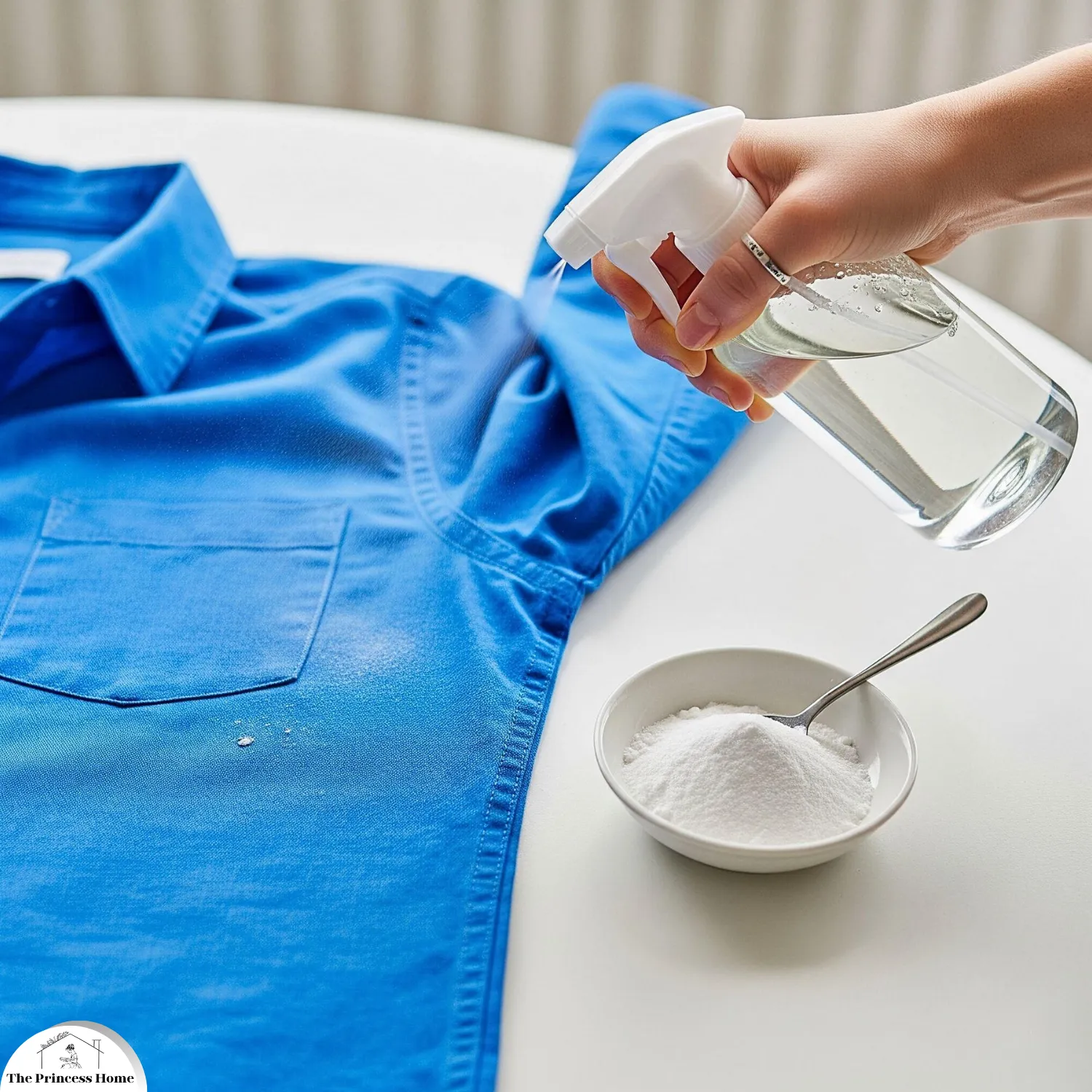
20. Spot Clean Underarm and Crotch Areas
Before washing, spray these areas with vinegar or a baking soda paste to tackle concentrated odors at the source. Focus on underarms, collars, and cuffs where sweat and bacteria tend to build up. Pre-treating these spots boosts your detergent’s effectiveness and leaves clothes fresher.
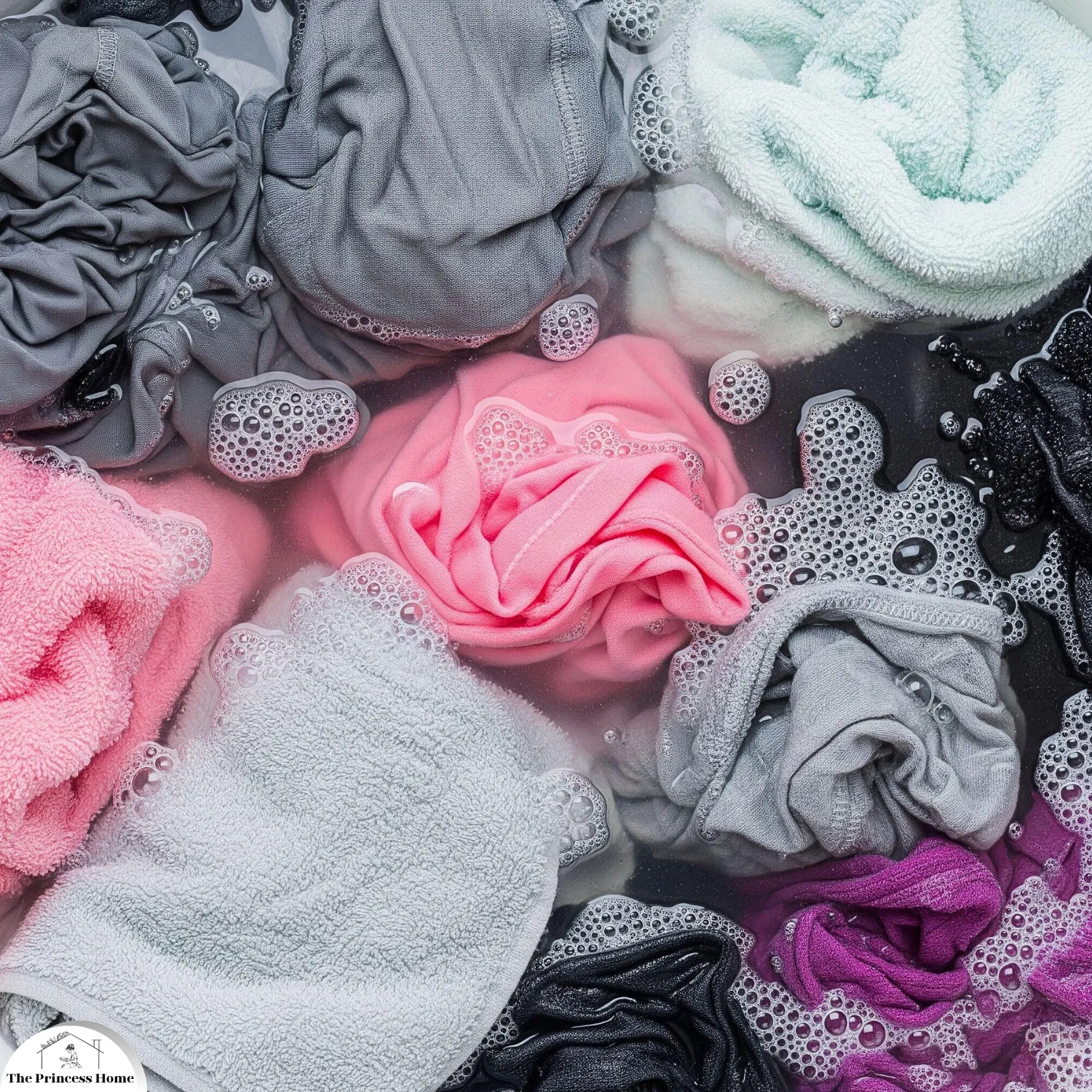
21. Use a Laundry Stripping Method Occasionally
Strip towels or gym clothes by soaking them in hot water, borax, washing soda, and detergent to remove buildup and odors. This deep-cleaning method breaks down residue from fabric softeners, body oils, and hard water. After soaking, run a normal wash cycle to restore freshness and absorbency.
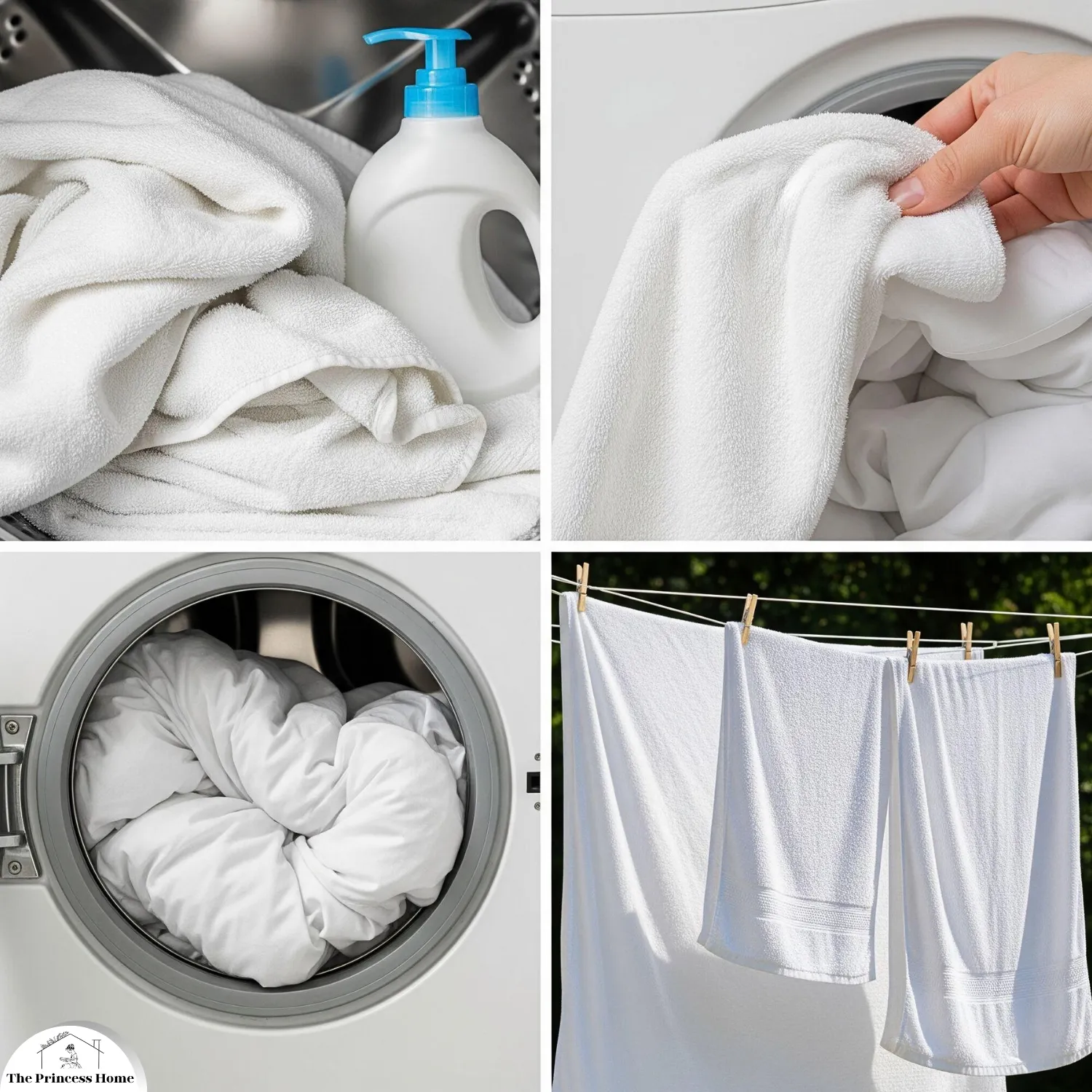
22. Wash Towels and Bedding More Frequently
These absorb moisture and body oils easily. Wash them every 3–4 days to prevent sour smells from developing. Items like gym clothes, socks, and towels can harbor bacteria if left unwashed too long. Frequent laundering keeps fabrics hygienic, fresh, and odor-free.
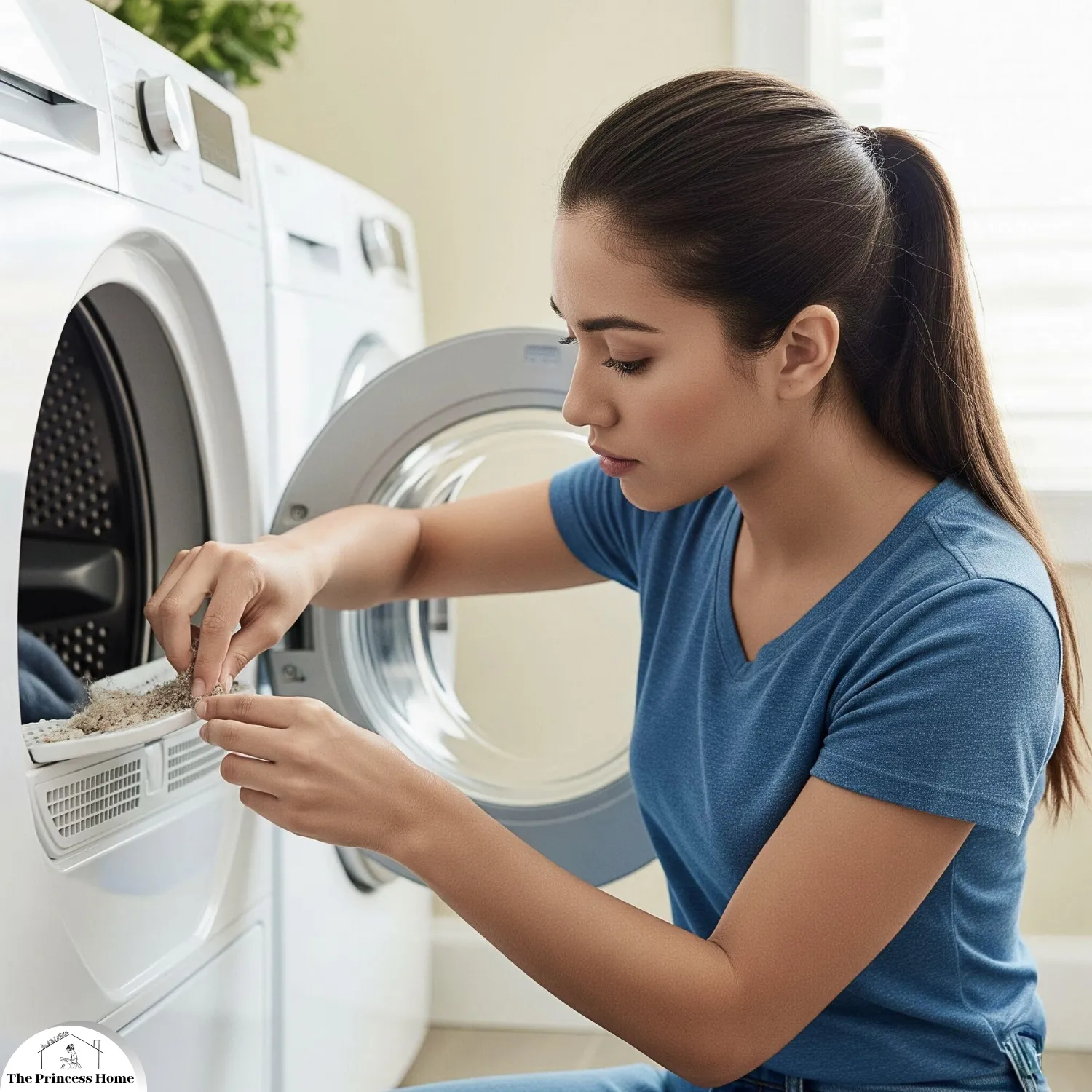
23. Don’t Skip the Dryer Lint Trap
A clogged lint filter reduces airflow, leading to damp, musty-smelling clothes. Clean it before every dryer cycle. Proper airflow ensures efficient drying and helps prevent mildew and lingering odors. Regular maintenance also improves dryer performance and reduces fire risk.
Final Thoughts
Smelly clothes don’t have to be a part of your laundry routine. With the right habits and techniques, you can keep your wardrobe—and your home—smelling fresh and clean. Try integrating several of these tips into your next laundry day, and you’ll see (and smell) the difference.
Here are some frequently asked questions related to the article :
Q1: Why do my clothes develop unpleasant odors even after washing?
A1: There are several reasons for lingering odors in clothes. Bacteria thrive in warm and damp environments, so if clothes are not dried properly or left damp for too long, they can develop musty smells. Inadequate washing, such as using too little detergent or washing at low temperatures, can also leave behind odor-causing particles.
Q2: What can I do to prevent clothes from smelling bad in the first place?
A2: To prevent smelly clothes, ensure proper hygiene practices like showering before wearing, using antiperspirants, and choosing breathable fabrics. Rotate your wear, allowing clothes to air out between uses. Additionally, wash workout clothes immediately after use to prevent sweat and bacteria from setting in.
Q3: Are natural deodorizers like baking soda and vinegar effective in removing odors?
A3: Yes, natural deodorizers like baking soda and vinegar can be highly effective in neutralizing odors. Baking soda can be added to the wash cycle to boost detergent performance, while white vinegar can be used in the rinse cycle to break down detergent residues and odors.
Q4: Can sunlight really help eliminate odors from clothes?
A4: Yes, sunlight can be a natural deodorizer. Sun-drying clothes exposes them to UV rays, which have an antibacterial effect that can help eliminate odors. Hang clothes in direct sunlight to effectively reduce odors.
Q5: Is it better to wash clothes in cold or hot water to remove odors?
A5: Hot water can be more effective at removing odors by killing bacteria and breaking down oils. However, some fabrics may be sensitive to hot water, so it’s important to follow care labels. Cold-water washing with enzyme-based detergents can also effectively remove odors while conserving energy.
Q6: How do I prevent musty smells, especially in stored clothes?
A6: Prevent musty smells by ensuring clothes are completely dry before storing them. Use well-ventilated storage areas and avoid using plastic bags, which can trap moisture. For clothes with musty smells, create a mixture of water and white vinegar, apply it to affected areas, and then wash as usual.
Q7: Are there any eco-friendly practices for laundry to consider?
A7: Absolutely. To practice sustainable laundry, opt for eco-friendly detergents that are biodegradable and phosphate-free. Choose cold-water washing whenever possible to save energy, and consider air drying clothes to reduce energy consumption and prolong fabric lifespan.
Q8: How often should I clean my washing machine and dryer?
A8: Regular maintenance is crucial to prevent odors from transferring to your clothes. Clean your washing machine by running hot water and white vinegar through a cleaning cycle. For dryers, clean lint traps and filters frequently to ensure efficient airflow.
Q9: Can I use fabric softeners to remove odors from clothes?
A9: While fabric softeners can impart a pleasant scent to clothes, they might not effectively eliminate odors. In fact, some fabric softeners can even contribute to the buildup of residues that cause odors over time. It’s recommended to use natural alternatives like white vinegar in the rinse cycle.
Q10: How can I ensure my laundry practices align with sustainability?
A10: Practice sustainability in laundry by opting for eco-friendly detergents, washing in cold water, and air drying clothes. These practices not only minimize your environmental impact but also contribute to a more energy-efficient and planet-friendly laundry routine.



